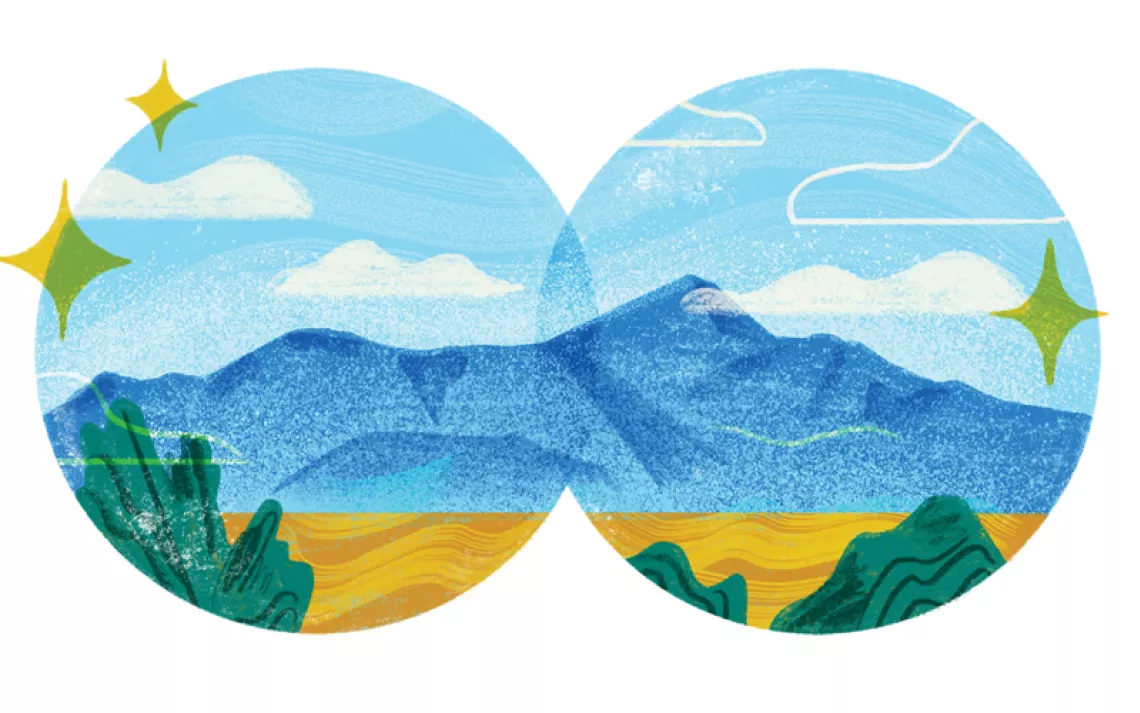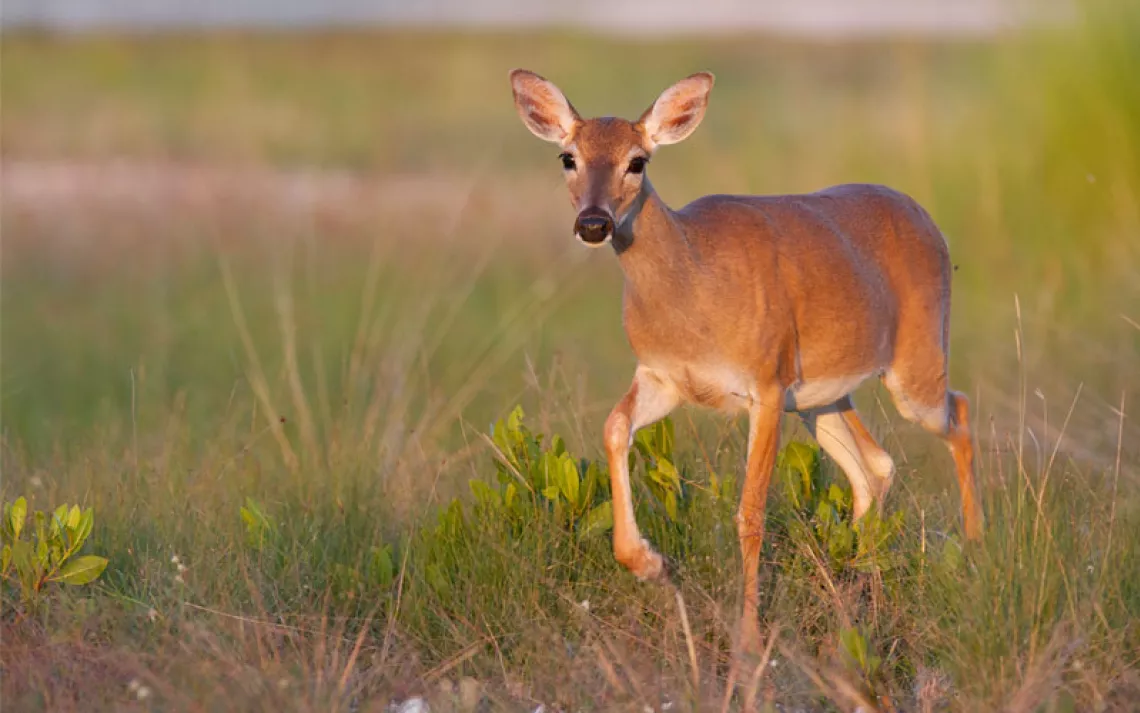Explore: Pyramid Lake
In a parched corner of the driest state, Pyramid Lake seems misplaced

"We encamped on the shore, opposite a very remarkable rock in the lake, which had attracted our attention for many miles. It rose above the water, and from the point we viewed it, presented a pretty exact outline of the great pyramid of Cheops." —John C. Frémont, 1844
In a parched corner of the driest state, Pyramid Lake seems misplaced. Its treeless shoreline suggests it was freshly formed, but in fact its glittery turquoise waters are almost as old as the hills: The lake is a leftover of ancient Lake Lahontan, an inland sea that covered 8,500 square miles of northwest Nevada at its peak some 15,000 years ago. Terraces descending the russet hillsides that surround Pyramid mark the stages of Lahontan’s waning. Though only a fraction of the size of its progenitor, Pyramid Lake’s 69-mile perimeter and 350-foot-deep waters startle anyone arriving over the petroglyph-peppered Pah Rah Range from Reno. Replenished by Lake Tahoe via the Truckee River, the lake’s only outlet is the desert air.

Sign up to receive Sierra News & Views
Get articles like this one sent directly to your inbox weekly.
With this action you affirm you want to receive Sierra Club communications and may vote on policy designated by the Sierra Club Board.
The hoariest creature in this old oasis is the cui-ui, a 2-million-year-old sucker with a monogamous relationship to Pyramid. The lake, however, does not return the favor: Other fish flourish in its alkaline waters, including Lahontan cutthroat trout; a 41-pound world-record cutthroat was lured from the lake in the 1920s. For millennia, its fish have fed the Paiute, whose reservation encompasses the lake, as well as thousands of American white pelicans that summer on Pyramid’s Anaho Island. The choosy birds seek stable islands (100,000-year-old Anaho fits the bill) that most predators can’t reach, and this is one of their largest nesting spots in the West.
Other relics of Pyramid’s past poke through its surface and dot the landscape: Towers of tufa, limestone with the texture of coral that usually forms underwater near springs, were exposed as Lake Lahontan receded. Pyramid produces the largest tufa structures in the world. Some formations twist into surreal shapes, but others look almost like classical sculpture. Paiute legend has it a tufa deposit on the eastern shore was once an Indian woman whose children bickered so much they were banished. The woeful mother cried and cried, until her tears created the lake and she turned to stone.
 The Magazine of The Sierra Club
The Magazine of The Sierra Club



